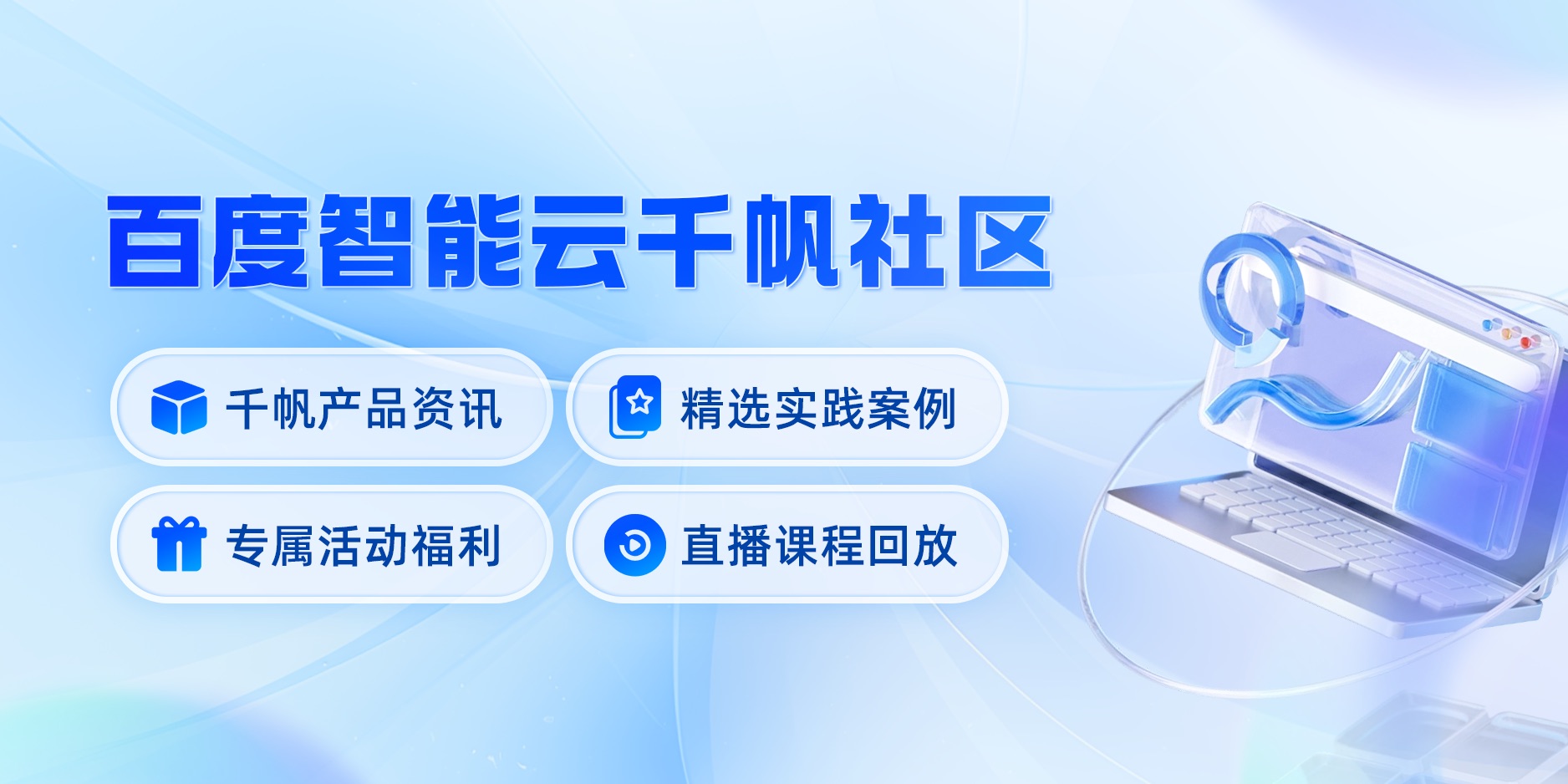Axis2 Eclipse Plugins: Codegen and Service
2024.02.16 09:01浏览量:3简介:This article introduces the Axis2 Eclipse Plugins, specifically the codegen and service plugins, and how they can be used to simplify web service development in Eclipse. We will explore their features, installation, configuration, and usage.
千帆应用开发平台“智能体Pro”全新上线 限时免费体验
面向慢思考场景,支持低代码配置的方式创建“智能体Pro”应用
Axis2 Eclipse Plugins are designed to enhance the development experience for web services in Eclipse. These plugins, specifically the codegen and service plugins, provide a seamless integration with Axis2 and enable developers to generate code from WSDLs (Web Services Description Language) and deploy and manage web services in Eclipse.
In this article, we will explore the features, installation, configuration, and usage of the Axis2 Eclipse codegen and service plugins. We will also provide practical examples to demonstrate their usage and benefits.
Features of Axis2 Eclipse Plugins:
- Code Generation: The codegen plugin allows you to generate Java code from WSDL documents. This removes the need to manually write service interfaces and data models, saving time and effort.
- Service Deployment: The service plugin enables you to deploy web services directly from Eclipse. It provides a user-friendly interface for managing web service configurations, endpoints, and other relevant settings.
- Integrated Debugging: With the Axis2 Eclipse plugins, you can debug your web services directly in Eclipse, making it easier to identify and fix issues.
- Centralized Configuration: The plugins provide a centralized location for managing Axis2 configurations, simplifying the process of configuring web services.
Installation and Configuration of Axis2 Eclipse Plugins:
- Installing the Plugins: You can install the Axis2 Eclipse plugins by using the Eclipse Marketplace or by downloading them directly from the Axis2 website and installing them using the Eclipse plugin installer.
- Configuring Axis2: After installing the plugins, you need to configure Axis2 by specifying the axis2.xml configuration file located in the Axis2 installation directory. This file contains the settings for your web service deployments.
- Linking WSDLs: In order to generate code from WSDLs, you need to link your WSDL files to the codegen plugin. This can be done by right-clicking on the WSDL file in Eclipse and selecting “Generate Code”.
- Deploying Services: To deploy a web service using the service plugin, you need to create a new Axis2 service configuration file (.asc file) that contains the necessary information for deploying your service. You can then deploy the service by right-clicking on the .asc file and selecting “Deploy”.
Using the Axis2 Eclipse Plugins:
Now that you have installed and configured the plugins, you can start using them to simplify your web service development process. Here are some practical examples to demonstrate their usage:
- Generating Code from WSDL: After linking your WSDL file to the codegen plugin, you can generate Java code by right-clicking on the WSDL file and selecting “Generate Code”. The generated code will include data models, service interfaces, and server-side implementation classes. You can then use this code to build your web service implementation.
- Deploying Services: To deploy a web service using the service plugin, you need to create a new Axis2 service configuration file (.asc file) and specify the necessary information for deploying your service. You can then deploy the service by right-clicking on the .asc file and selecting “Deploy”. The plugin will handle all the necessary configurations and deploy your service to the specified endpoint.
- Debugging Web Services: With the Axis2 Eclipse plugins, you can debug your web services directly in Eclipse. To start debugging, you need to set breakpoints in your code and then start the debug session by right-clicking on your web service implementation class and selecting “Debug As”. The plugin will handle all the necessary configurations for debugging your web services.
- Managing Web Services: The service plugin provides a user-friendly interface for managing your deployed web services. You can view the list of deployed services, their endpoints, and other relevant settings. You can also start, stop, and redeploy services using this interface.
In conclusion, Axis2 Eclipse Plugins, specifically the codegen and service plugins, are powerful tools that can simplify web service development in Eclipse. They provide features such as code generation, service deployment, integrated debugging, and centralized configuration, saving time and effort during development. By following the installation and configuration steps outlined in this article, you can start using these plugins to enhance your web service development experience in Eclipse.



发表评论
登录后可评论,请前往 登录 或 注册